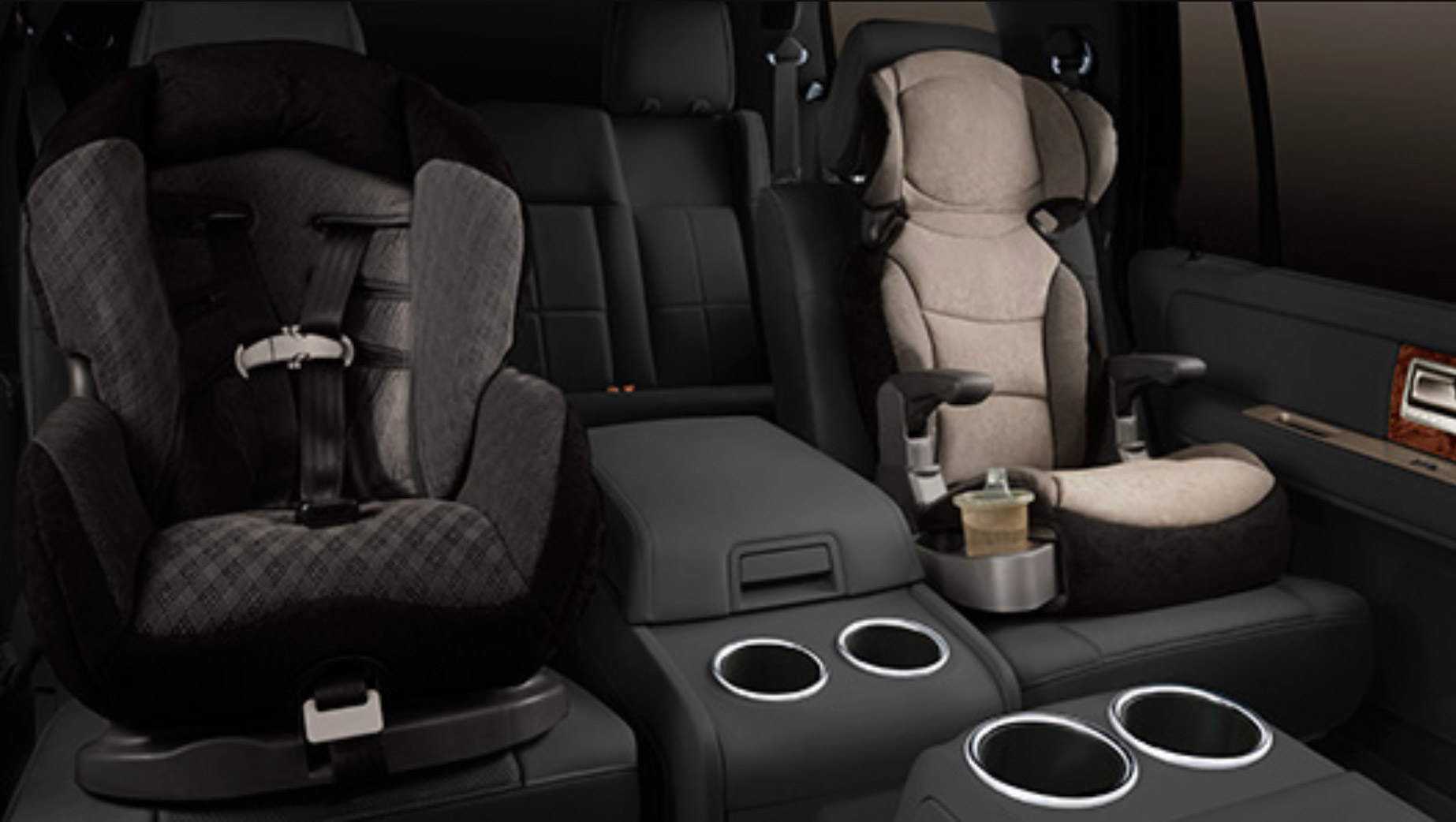Child Safety Seat and Restraint Safety
Your child is by far the most precious cargo your vehicle will ever have to carry. That’s why it’s critical to have your child — of any age, from infant to adolescent — properly restrained on every trip.
The restraint method used will depend on your child’s age, height and weight. Here’s what you need to know:
CHILD SAFETY SEAT RECOMMENDATIONS
Always make sure your child is properly secured in a manner that is appropriate for his or her age, height and weight. Generally, children should be properly restrained rear-facing in a rear seating position for as long as possible, up to the highest weight or height limit for that child safety seat in the rear-facing mode. Many car seats can accommodate the rear-facing mode up to 35 lbs-40 lbs. The American Academy of Pediatrics (AAP) recommends children be restrained rear facing up to at least 2 years of age.
Children who have outgrown their rear-facing child safety seat should be properly restrained in a rear seating position in a forward-facing child safety seat until they reach the highest weight or height limit for that safety seat.
Children between four and 12 years old and under 4’9” tall who have outgrown their forward-facing child safety seat should be properly restrained in a rear seating position using a belt-positioning booster seat and the vehicle’s lap/shoulder safety belt until the vehicle’s lap/shoulder safety belt fits them properly without the aid of the booster seat. The lap belt should rest low across the hips and the shoulder belt should fit across the center of their shoulder and chest.
Children who are over 4’9” tall should be properly restrained with the vehicle’s lap/shoulder safety belt in a rear seating position until they are at least 13 years of age.
LATCH SYSTEM
Most Ford vehicles feature standard Lower Anchors and Tethers for CHildren (LATCH) for use with compatible child safety seats. The lower anchors are intended to be a universally common means for installing child safety seats. The top tether anchor is used for forward-facing child safety seats, in addition to the lower anchors and/or the vehicle safety belt.
Consult your vehicle Owner Guide for the specific location of the lower anchors and top tether anchors in your vehicle. Lower anchor attachments and top tether straps are supplied on most child safety seats.
GET AN INSPECTION
An alarming number of child safety seats used are either wrong for the child’s age, height and weight, incorrectly installed, or do not have the child properly restrained in it. Ford recommends checking with a NHTSA Certified Child Passenger Safety Technician (CPST) to make sure your child safety seat is appropriate for your child, is compatible with your vehicle and properly installed. To locate a child seat fitting station and CPST, contact NHTSA toll‐free at 1‐888‐327‐4236 or visit the NHTSA website. You can also obtain child safety seat Ease of Use Ratings at this website.
